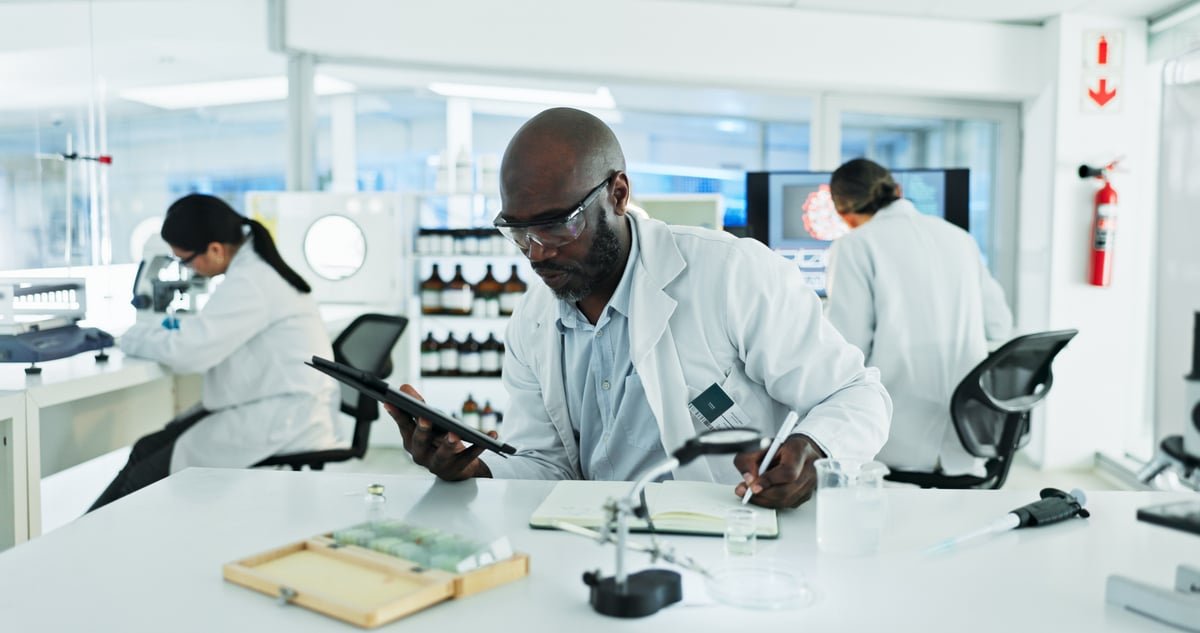Eli Lilly (LLY 0.46%) started off 2019 with a bang. But the big pharma stock has been more of a bust in recent months. Lilly's mixed first-quarter results, reported in April, didn't help turn things around.
The company announced its second-quarter results before the market opened on Tuesday, and it had some good news to share, although it probably wasn't enough to really fire up investors. Here's what you need to know.

Image source: Getty Images.
By the numbers
Lilly reported that its second-quarter revenue increased by 1% year over year to $5.64 billion. While that's only meager growth, it was still better than the consensus analysts' estimate of $5.59 billion.
The company announced that under generally accepted accounting principles (GAAP), net income was $1.3 billion, or $1.44 per share, in the second quarter. This represented a significant improvement from the loss of $259.9 million, or $0.25 per share, in the same quarter of 2018.
Lilly reported non-GAAP (adjusted) net income of $1.39 billion, or $1.50 per share, versus $1.43 billion, or $1.48 per share, in the same period in 2018. This beat the average analysts' earnings estimate of $1.45 per share.
Behind the numbers
The good news for Lilly in Q2 was that several of its top drugs performed very well. Sales for diabetes drug Trulicity, its top-selling product, jumped 32% year over year to $1.03 billion. Immunology drug Taltz continued to show solid momentum with sales soaring 61% to $354 million.
Sales for insulin injection Basaglar rose 44% year over year to $291 million. Another diabetes product, Jardiance, also delivered strong growth in Q2, with sales climbing 58% to $232 million. Although chemotherapy Alimta's sales increased by only 4% from the prior-year period to $578 million, sales for cancer drug Cyramza rose 11% to $242 million.
Lilly also had three newer drugs contribute to its second-quarter growth. Sales for cancer drug Verzenio, immunology drug Olumiant, and migraine drug Emgality came in at $134 million, $102 million, and $34 million, respectively.
But several of its top drugs didn't perform so well. Sales dropped 12% year over year for Humalog and 7% for Humulin. Sales for osteoporosis drug Forteo slid by 17%. The biggest hit came from Cialis, which saw sales plunge 63% year over year to $200 million.
The drugmaker's bottom-line improvement stemmed in part from a higher gross margin, which it attributed primarily to the favorable effect of foreign exchange rates on international inventories, lower intangibles amortization expense, and increased manufacturing efficiencies. The company's earnings growth was hurt by higher operating expenses.
Looking ahead
Lilly boosted its full-year 2019 guidance based on its Q2 results. The company now projects GAAP earnings per share between $8.58 and $8.68, up from its previous forecast of a range of $8.57 to $8.67. Non-GAAP EPS is expected between $5.67 and $5.77, up from previous guidance of $5.60 to $5.70. Revenue guidance has remained unchanged at the expected range of $22 billion to $22.5 billion.
There are several important pipeline developments on the way. The company and its partner, Pfizer, plan to file for Food and Drug Administration approval of tanezumab in treating moderate to severe osteoarthritis by the first quarter of 2020. Lilly intends to submit for FDA approval of Verzenio in combination with fulvestrant for treating breast cancer later this year. It also plans to file for approval of a higher dose of Trulicity in treating type 2 diabetes later in 2019.






